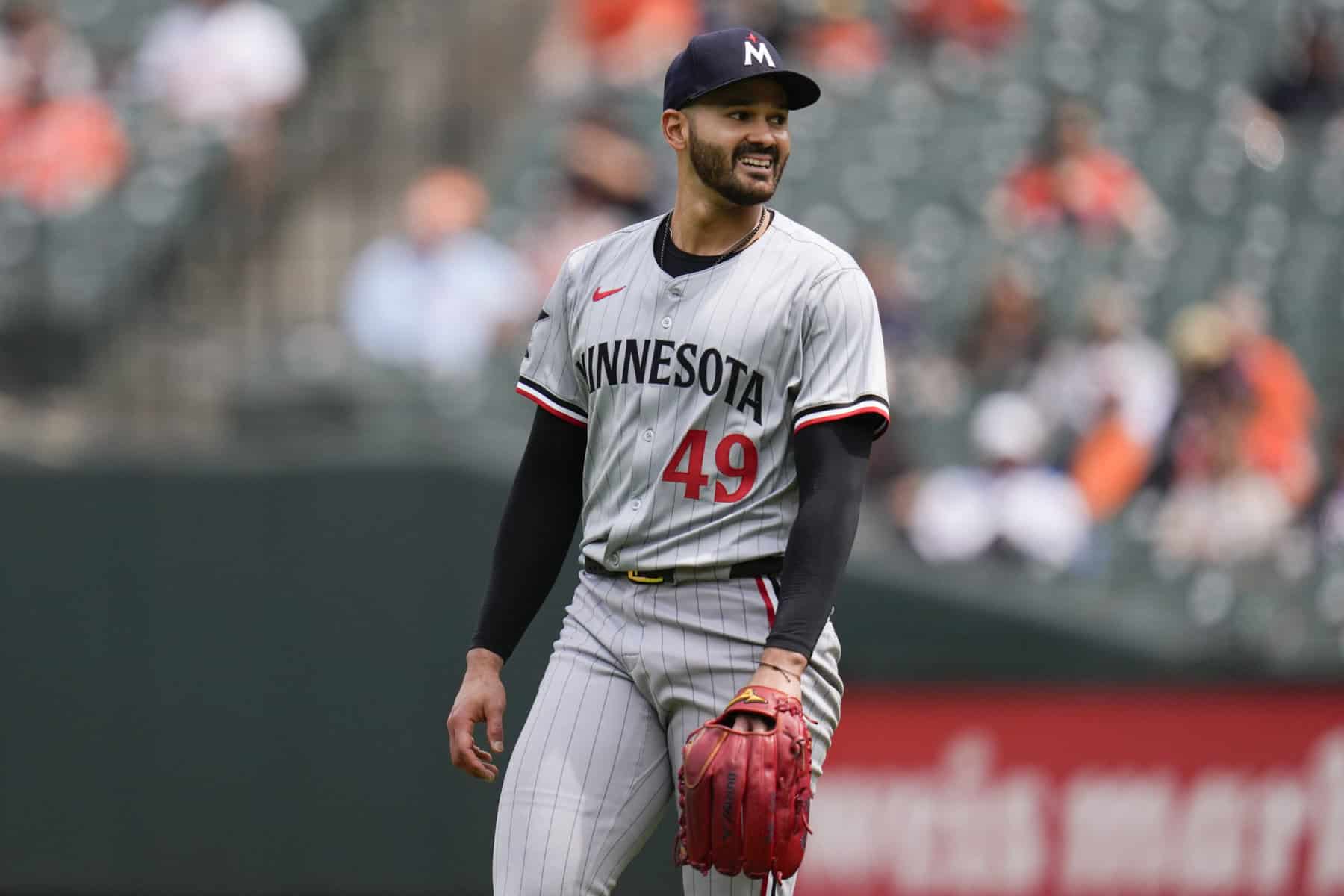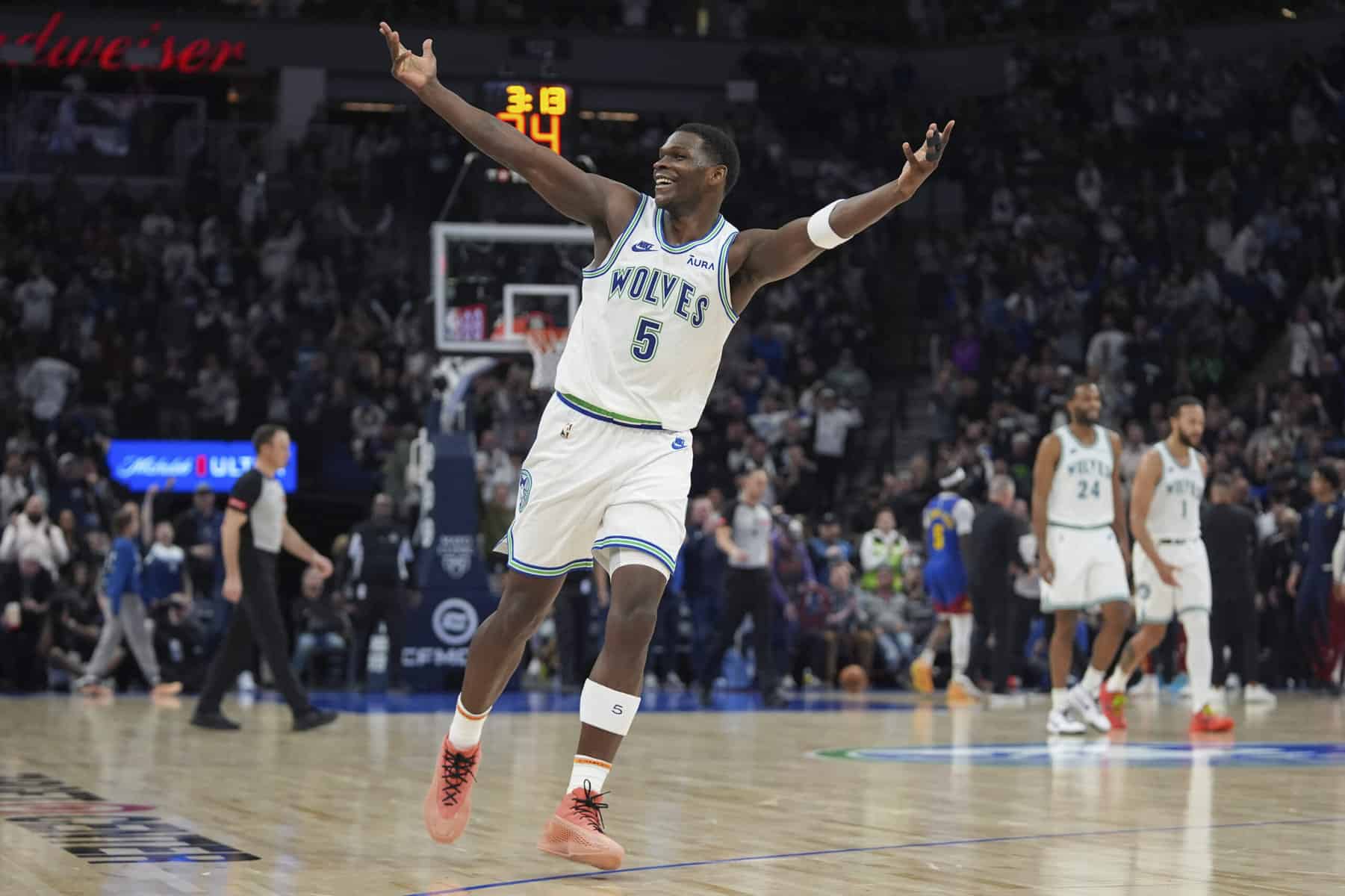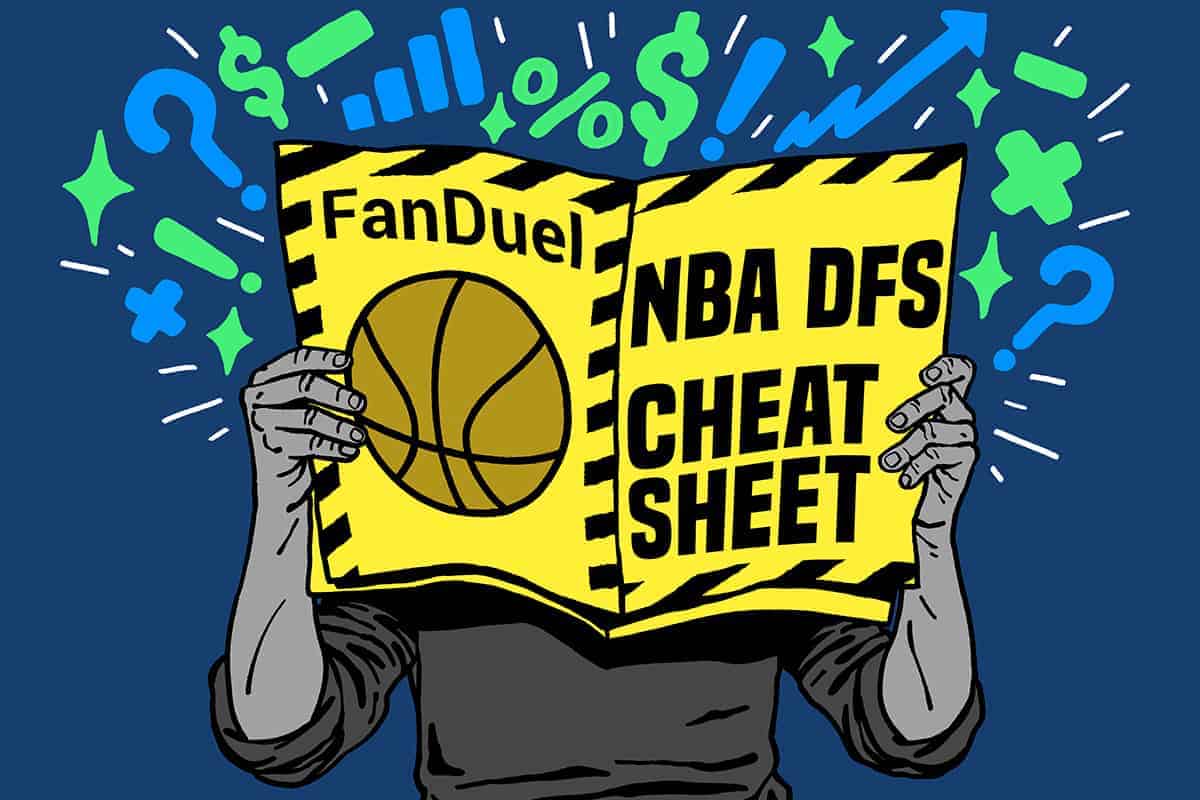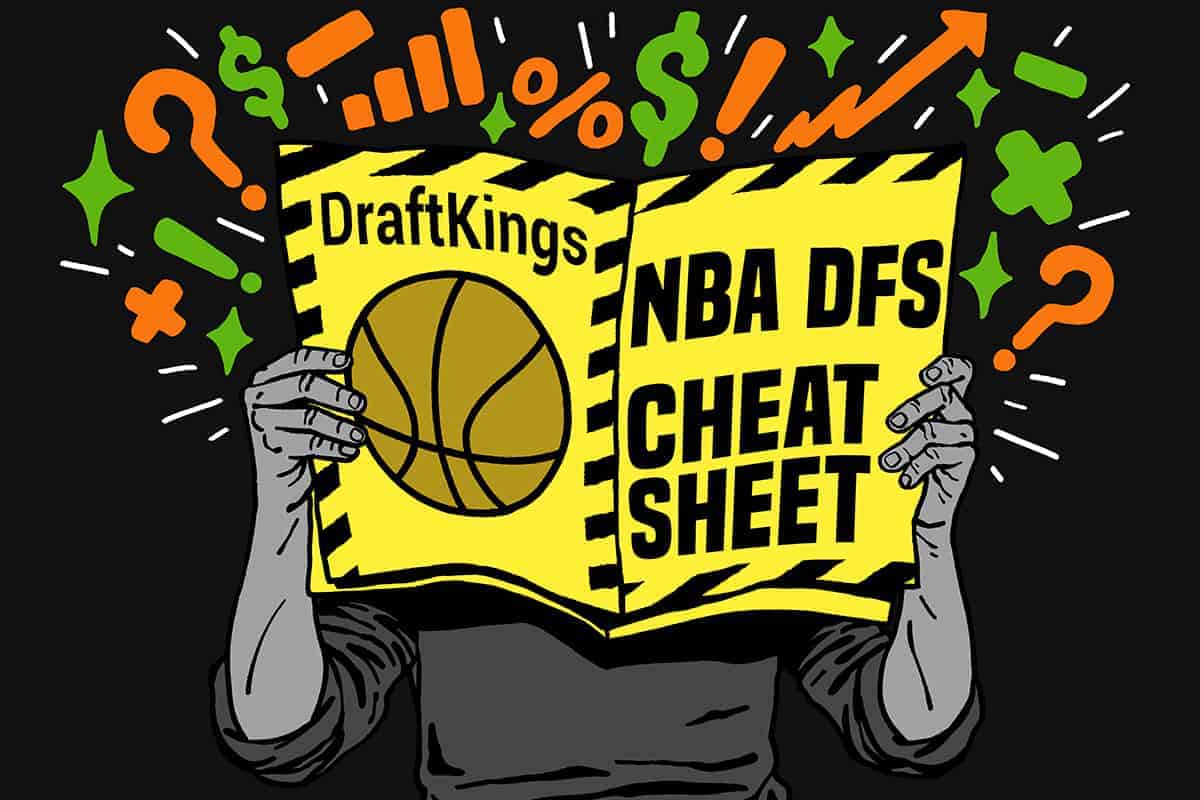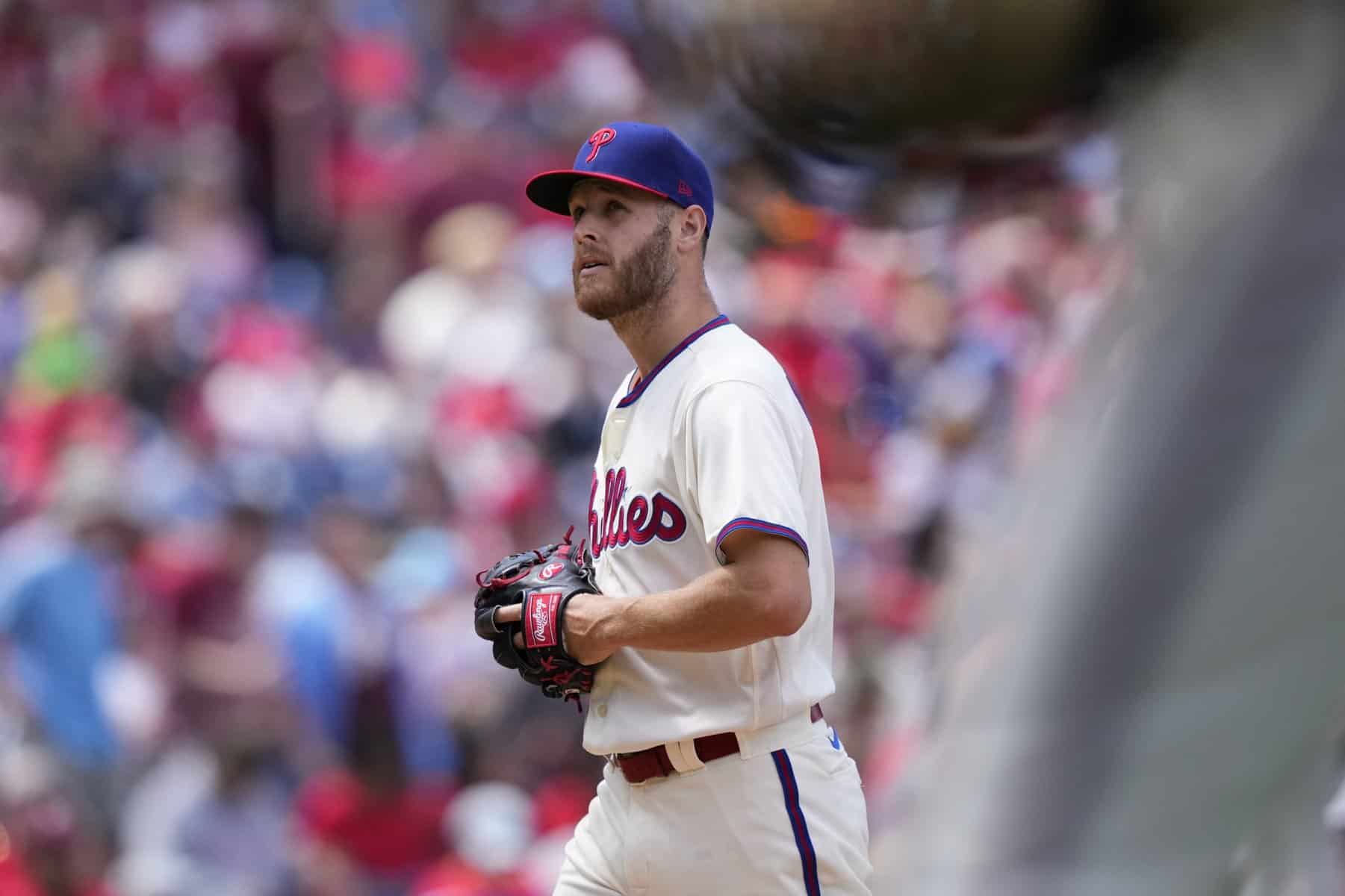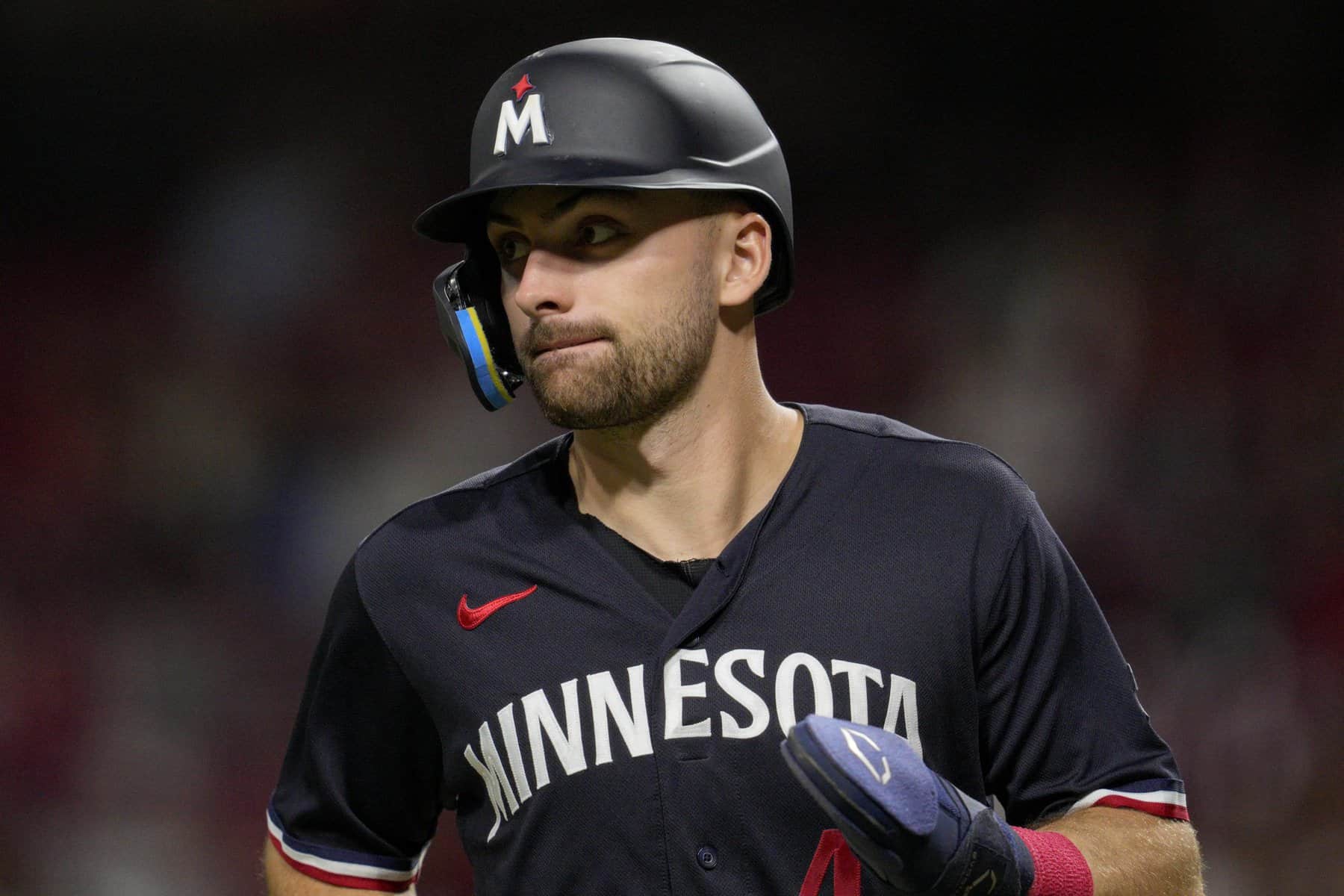For nearly two years now, I have been hosting the High Stakes podcast for Stokastic, interviewing DFS pros on a range of topics. There have been a lot of recurring themes on the show, but the most relevant for this article: DFS pros love MNF Showdown.
That is because a lot of casual NFL fans enter the Showdown fray to have some action on island games. As a result, DraftKings and FanDuel offer enormous contests with generous prize pools. The contests become more difficult to win, too, when there are hundreds of thousands of entrants, but with a large portion of the new players being casual, the increase in difficulty pales in comparison to the increase in prize pools. It is a tradeoff DFS pros will gladly make.
My goal with these Showdown articles — which I will be writing for each Thursday Night Football and Monday Night Football NFL DFS slate this season — is to help you attack the largest-field DraftKings GPP like a pro. There are three main components to discuss when it comes to Showdown, and I will break them down accordingly: Projection, Correlation and Differentiation.
Week 4 Seahawks-Giants MNF Showdown: NFL DFS Showdown Strategy
Projection
The goal in DFS is to make the lineup that puts up the most points, so a natural starting point is looking at individual players who are likely to put up high scores or high point-per-dollar scores. I rely on Stokastic’s NFL DFS projections and tools to determine which players should be core pieces of my lineups. I primarily look at the base projections and the Top NFL DFS Showdown Plays Tool, which publishes results of thousands of advanced simulations run by the Stokastic team.
Studs
These are the top-projected players on the slate. I’d recommend having at least three of these players in just about every lineup you make tonight, either as captain or in a flex spot.
- Daniel Jones ($9,600) has the top projection on the slate against a Seahawks defense ranked 29th in pass DVOA and fifth in run DVOA. Jones has more than an 80% chance of being in the optimal lineup, according to Stokastic’s Top Showdown Plays Tool.
- Geno Smith ($10,000) has the second-highest projection on the slate against a Giants defense that is 30th in pass DVOA and 23rd in run DVOA. Smith has a nearly 80% chance of being in the optimal lineup.
- D.K. Metcalf ($8,800) has just over a 60% chance of being in the optimal lineup.
- Kenneth Walker ($10,800) faces a Giants defense ranked 23rd in run DVOA. Walker’s route participation has dropped from 51.7% in Week 1 to 18.4% in Week 3, but he still had 18 rushing attempts in Week 3. Walker has a nearly 45% chance of making the optimal lineup.
- Tyler Lockett ($8,000) leads the Seahawks in both route participation and target share according to the Fantasy Points Data Suite. He has a nearly 50% chance of being in the optimal lineup.
- Matt Breida ($6,400) only had four rushing attempts in Week 3 with teammate Saquon Barkley out, but he played 82% of snaps and ran routes on 44% of Giants dropbacks. With Barkley likely out again, Breida has a greater-than-40% chance of making the optimal lineup.
- Darren Waller ($7,000) is second on the Giants in route participation at 66.4%, and he leads the team with a 20% target share. Waller has around a 45% chance of making the optimal lineup.
Top Point-Per-Dollar Plays
These are just a few players who will be featured throughout my lineups due to their high points-per-dollar projection. At the same time, because I will typically have at least three studs in each lineup, the top points-per-dollar plays are often players I will be pivoting away from in some lineups in favor of players who project a bit worse but who will also garner lower ownership. I am also excluding any player with a projection below 3 fantasy points from this list.
- Will Dissly ($400) is questionable to play, as is fellow tight end Noah Fant. In the two games Dissly has played, he has run routes on 35.1% of Seahawks dropbacks, and he has five total targets for 7.5% target share.
- Colby Parkinson ($800) has an 8.7% target share and 36.6% route participation on the season. He will get a boost if Dissly or Fant is inactive.
- Parris Campbell ($2,800) saw his route participation drop from 71.1% in Week 2 to 38.9% in Week 3 after fellow slot receiver Wan’Dale Robinson returned. Campbell still saw six targets in Week 3, however.
- Robinson ($3,000) saw five targets on just eight routes run in Week 3. That rate is unsustainable, but Robinson was returning from injury in Week 3 and seems likely to play more snaps this week.
- Darius Slayton ($5,200) leads the Giants in route participation at 73.6%, and he’s tied for second in target share among likely active players at 16%.
- Zach Charbonnet ($3,400) has seen his snap share rise each week, from 24% in Week 1 to 43% in Week 3. Charbonnet ran routes on 31.6% of dropbacks and had nine carries in Week 3.
- As usual, kickers and defenses are among the top point-per-dollar plays on the slate, with the kickers projecting slightly better than the defenses in this game.
Correlation
In NFL DFS, correlations are endless, both positive and negative. Most are minor enough that they do not necessarily need to be factored into lineups. If you want to give a boost to your running back’s defense, for example, that is great; but running backs will frequently be optimal without the defense also being optimal, even in NFL DFS Showdown.
The only correlations that are almost mandatory to consider on NFL DFS Showdown slates involve quarterbacks — particularly non-rushing quarterbacks. That is because of the scoring dynamics on DraftKings. On each passing play, the pass catcher scores more fantasy points than the quarterback. For example, if a quarterback throws a pass for 5 yards, he will get 0.2 fantasy points — 1 fantasy point per 25 yards passing, divided by five. The receiver will get 1.5 fantasy points — 1 point per reception, plus half a point for 5 yards receiving. The quarterback also only gets four points per passing touchdown, while the receiver gets six points for a receiving touchdown.
The quarterback is also generally one of the most expensive players on his team. Thus, he will often need to be his team’s highest fantasy point scorer to be the optimal captain. Outside of rare occasions where the quarterback scores fantasy points by passing to a player who is not in the DraftKings player pool or gets points as a receiver on a trick play, there are essentially just two ways for the quarterback to be the highest-scoring player on his team: adding fantasy points via rushing or spreading the ball around to multiple pass catchers.
Latest NFL DFS Content
- Want to Learn How to Win a DraftKings Milly Maker With Stokastic Sims? Steve Buzzard Will Tell You How
- PrizePicks, Sleeper & Underdog Cheat Sheet: Best More/Less Picks Today for NFL (February 11)
- DraftKings NFL Cheat Sheet: Super Bowl Sims Picks | George Kittle
- NFL Super Bowl 58 DFS Picks: 49ers vs. Chiefs (February 11)
- NFL DFS Captain Picks for Super Bowl 58: Rashee Rice, George Kittle & More
- Stokastic DFS on Youtube
Some General Thoughts
- If you play a quarterback at captain, and he does not have rushing upside, and he is the most expensive player on his team, you will almost always want to have multiple of his team’s pass catchers in the flex. This is also largely true if the quarterback is only slightly less expensive than the most expensive pass catcher on his team.
- If you play a quarterback at captain, and he has moderate rushing upside, you can consider playing just one of his pass catchers in the flex — but multiple may still be preferred, depending on the extent of that rushing upside. The quarterback’s price may also come into play here; the more expensive he is, the more likely you will need to have multiple pass catchers in the flex.
- If you play a quarterback at captain, and he has major rushing upside, you do not necessarily need to play any pass catchers in the flex. This is relatively uncommon, and only applies to a few quarterbacks.
- If you play a quarterback in the flex, and he does not have rushing upside, you will generally want to have at least one of his pass catchers elsewhere in the lineup, either at captain or in another flex spot.
- If you play a quarterback in the flex, and he has moderate to high rushing upside, you do not necessarily need to include one of his pass catchers elsewhere in the lineup. But there will always be positive correlation there between a quarterback and his pass catchers.
Some Seahawks-Giants Game-Specific Thoughts
- If you play Jones: Jones had the fifth-most rushing yards of any quarterback in the NFL in 2022. His 708 rushing yards were just 56 yards from the second-best rushing quarterback, Lamar Jackson. The quarterback with the sixth-most rushing yards was Marcus Mariota with 438. In short, Jones is an elite rushing quarterback and can be played anywhere in your lineup without any pass catchers, though it is still generally best to pair him with at least one if Jones is in the captain spot.
- If you play Smith: Smith rushed for 366 yards last season in 17 games, showing moderate rushing upside. He should always be paired with at least one pass catcher when used at captain and should be paired with a pass catcher most of the time when used in the flex as well.
Differentiation
Making highly projected lineups with smart correlations will separate you from the lowest level Showdown players, but there are many very smart casual players as well. Differentiation is the last step to separating pros from Joes.
In just about any DFS GPP, finding low-owned gems is key because lower ownership reduces the field of lineups you are competing against when the player has a 99th-percentile outcome. Taking it to the extreme, just as a thought exercise, let’s say that Walker scores 100 fantasy points tonight. You are not just going to need him; you will need him in the captain spot (150 fantasy points). If 20,000 lineups in your contest have Walker in the captain spot, you have essentially reduced the field of lineups you are competing with to 20,000. If only 200 lineups have Walker at captain, now we are talking.
On NFL DFS Showdown slates, there is an additional factor for large-field GPPs. We do not just want to find seldomly used players; we want to find seldomly used LINEUPS. Why? Well, I will give you two examples from 2021:
- On Sept. 20, 2021, DraftKings had a Milly Maker for the Packers-Lions tilt, but the top lineup was duplicated 231 times. Rather than winning $1 million, the users who entered those 231 lineups had to split the top 231 prizes, for just a bit over $6,000 each. That is despite having everything go their way, which requires an extreme amount of luck.
- On Oct. 11, 2021, we saw the other end of the spectrum: User rcoho1984 played a unique lineup in the Ravens-Colts Milly Maker, taking home not just a million dollars but a ticket to the Tournament of Champions.
If you are going to win — which takes a lot of luck, regardless of how well your lineup projects — I would suggest making it count. I am not necessarily concerned with making an entirely unique lineup like rcoho1984 did every single time, but I aim to be a lot closer to their unique lineup than those that were duplicated 231 times.
Some Easy Tricks
Low-owned players. Even if you are using other tricks to get unique, it is still a good idea to play a few players in some of your lineups who will not be getting much ownership. Some low-owned players to consider:
- Jalin Hyatt ($2,000) ran routes on 36.1% of dropbacks in Week 3 but didn’t see a target. Hyatt’s 89 air yards on the season are third on the Giants, indicating that Hyatt could pay off his salary with a single splash play.
- Daniel Bellinger ($200) has 25.6% route participation on the season but just two targets. Bellinger could pay off his salary with a single touchdown.
- Jake Bobo ($200) ran routes on 26.3% of dropbacks in Week 3 for the Seahawks and saw two targets.
- Deejay Dallas ($200) saw one target on three routes run in Week 3 and added two carries for 7 yards. Dallas will likely need to fall into the end zone to pay off his price tag.
- Honorable mention: Neither Jaxon Smith-Njigba ($5,000) nor Isaiah Hodgins ($5,800) is cheap enough or low owned enough to qualify for any of these individual buckets, but both are coming in at ownership in the teens, and both have significant route participation, with Hodgins running routes on 55.6% of dropbacks in Week 3 and Smith-Njigba at 60.5%.
Embrace lineups missing some correlation pieces or even with some negative correlation. Generally, highly correlated lineups will be over-owned, whereas the field will avoid negative correlation at all costs.
- Quarterback against opposing defense.
- Pass catcher at captain without including the quarterback at flex.
- Multiple running backs from the same team in a lineup.
Leave salary on the table. This is the easiest way to lower your duplicates. Casual players assume that if they have salary left over, they should upgrade. The problem with this approach is that it almost inevitably leads to highly duplicated lineups. How much salary should you leave on the table? That is up to you. If it is less than $800 and you have not gotten extremely unique with player selections and weird correlations, it is likely you will have to split any winnings with many other entries.





